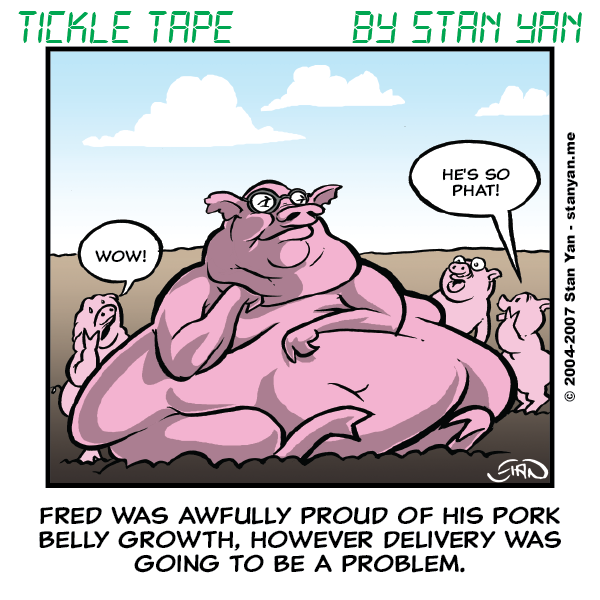When you look at a chart, what time frame do you look at? Do you prefer a one-time frame to another? Many novice traders believe there is only one “right” time frame, and often ask, “What time frame should I look at?” It’s intriguing how many novice traders ask this question. It’s not so much the question. It’s a reasonable question. A trade can be examined from multiple time frames, and it’s not always obvious which one is optimal. But it’s interesting how many traders think that there is only one universally “correct” time frame. There is not only one. While active traders tend to focus throughout the day on 5-15 minute time frames, it is also important to scan across a range of time frames, including 30- and 60-minute charts, as well as daily, weekly, and monthly charts.
Trading platforms make it very easy to move quickly across multiple time frames or to store certain charts of varying time frames for later viewing. Looking at multiple time frames can provide a feeling of psychological security. We can look across time frames for trend alignment. For good trades to follow through and present valid opportunities it’s desirable to see traders from various disciplines and perspectives move in the same direction. For example, we ideally want to see a bullish trend at all levels from the monthly charts down to the minute to minute. Observing such consistency confirms our perceptions. We don’t want to see mixed signals across different time frames; that’s when traders of varying styles struggle with what to do next, going back and forth. We would like to see clear pictures, which suggests a unanimous opinion and that the majority are decisively going in one direction.
Timing is critical to trading. Short-term traders try to spot a breakout move or a condition setting up from a monthly or weekly chart, and then try to capitalize on the early stages of that larger potential move. They try to participate in the first few days of what may turn out to be a large monthly move or may try to participate in the first five hours of what may turn out to be a large weekly move. We want to trade the impulse move before the word gets out, and others come to the trade. The energy is in the early part of the move. It dissipates later. It’s vital to get in at the start of the move before it ends. Looking at multiple time frames helps you identify this critical point in time.
So remember, there isn’t one absolutely correct time frame to look at. It all depends on the context. Focusing on the larger picture that may be unfolding on charts may give you an edge in anticipating what is happening at a lower time frame. By being open to many different time frames, you’ll be more likely to see potential moves. You will have a more comprehensive feel for the markets as a whole, and this will help you anticipate where the market will go next.


